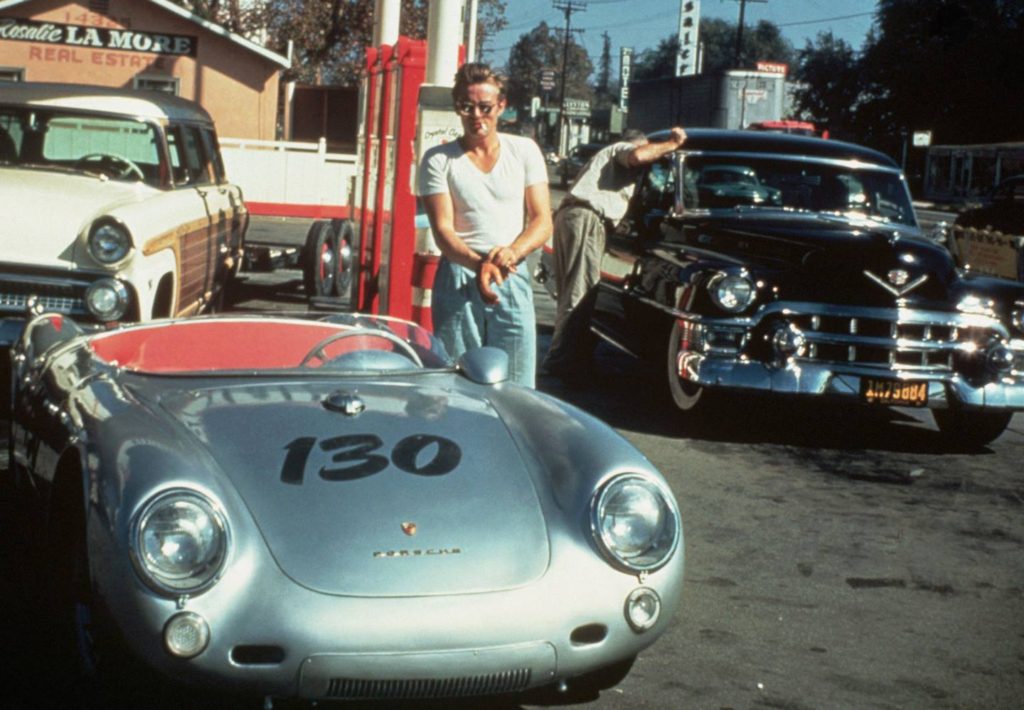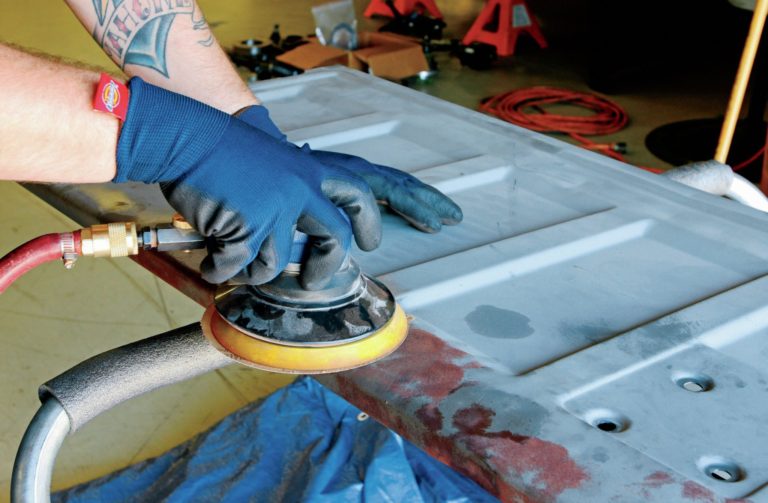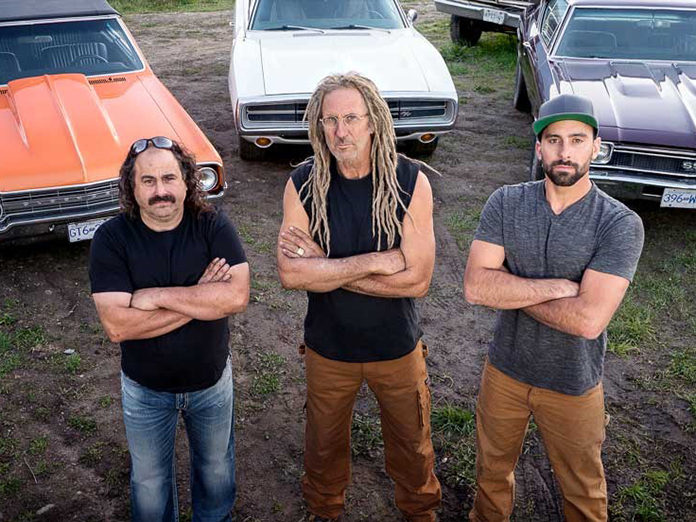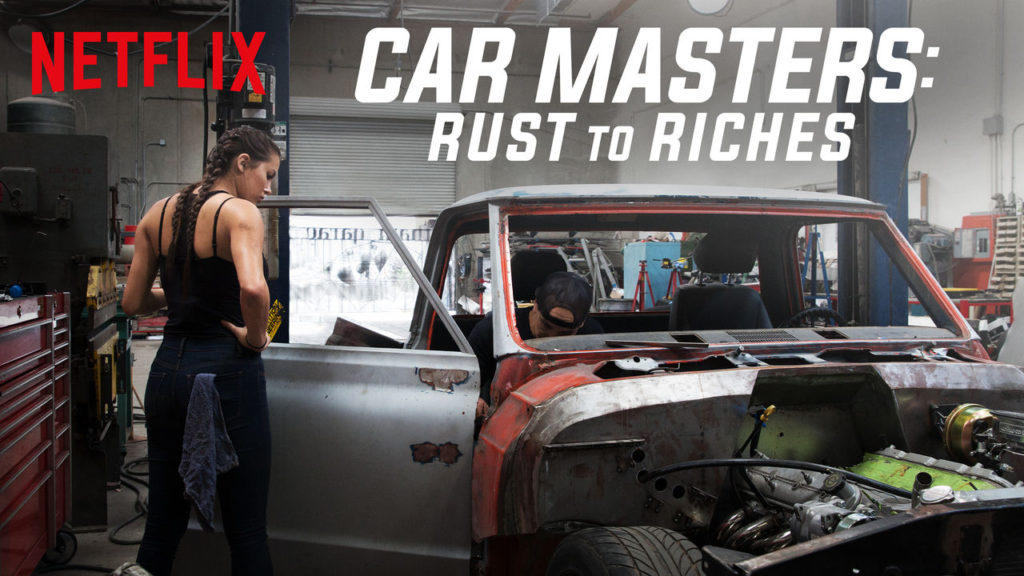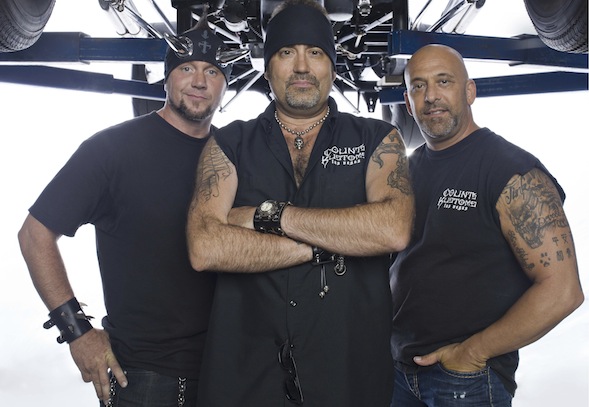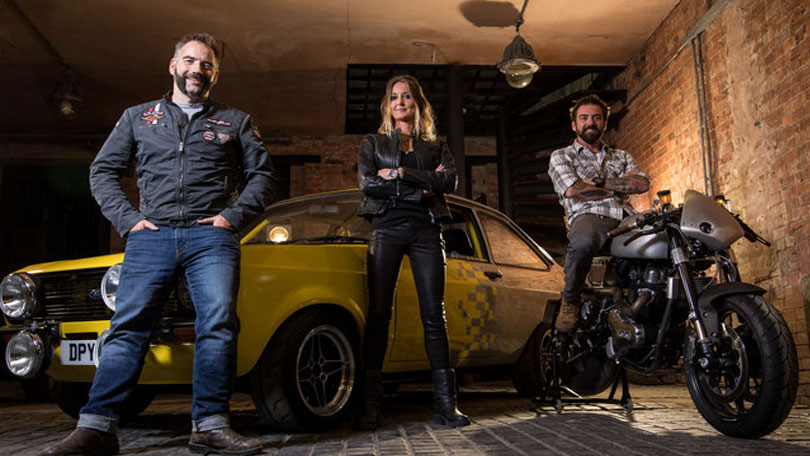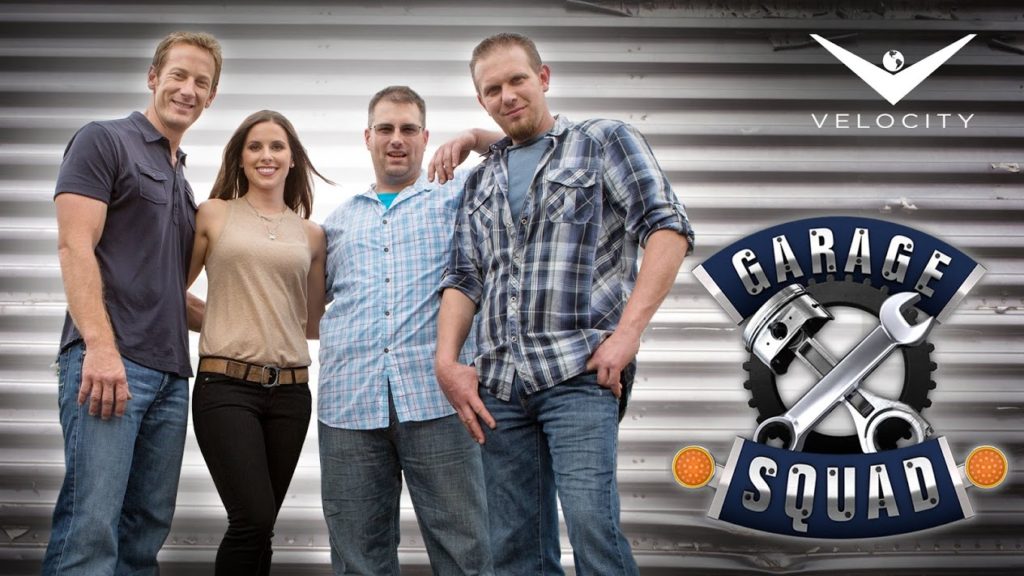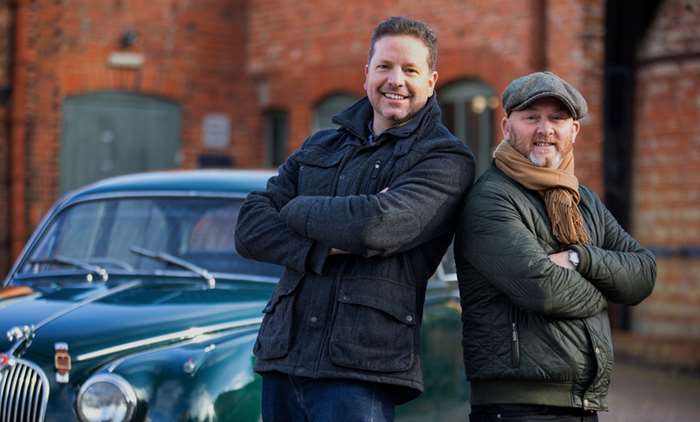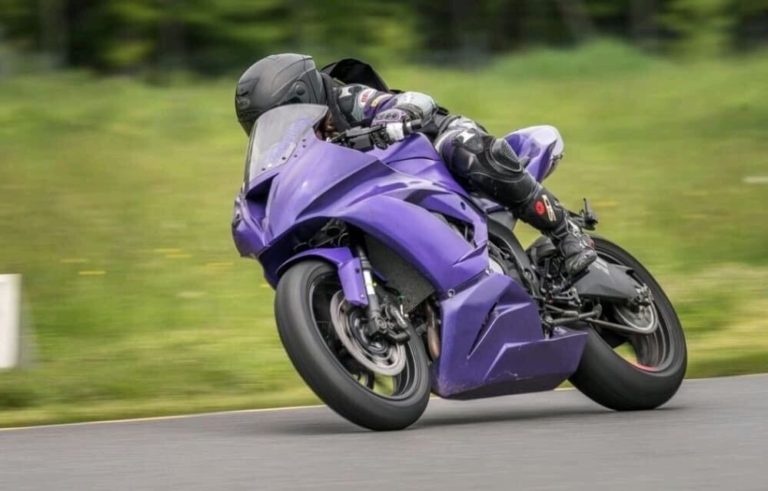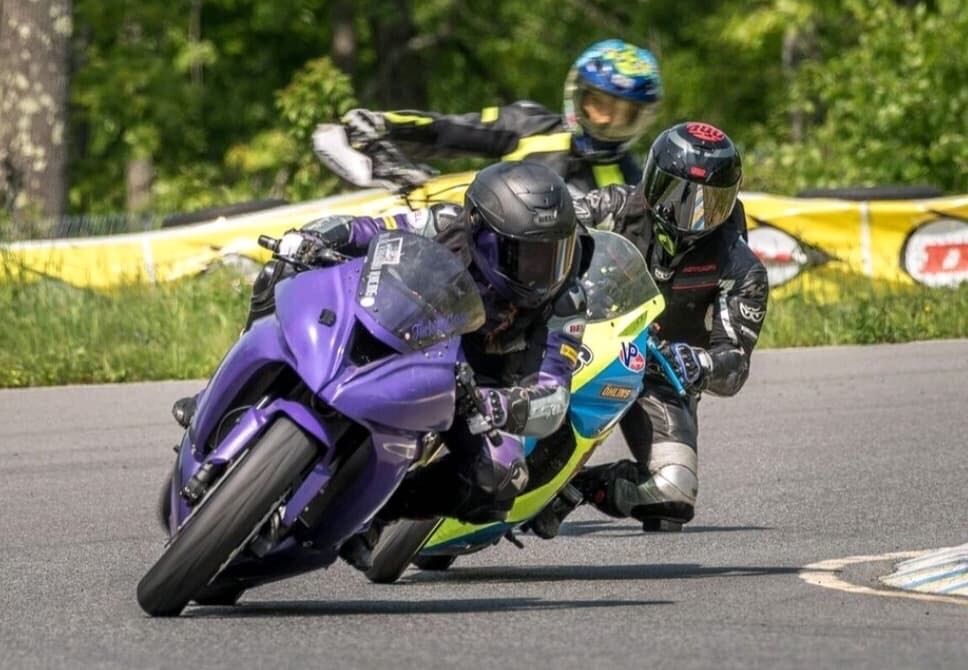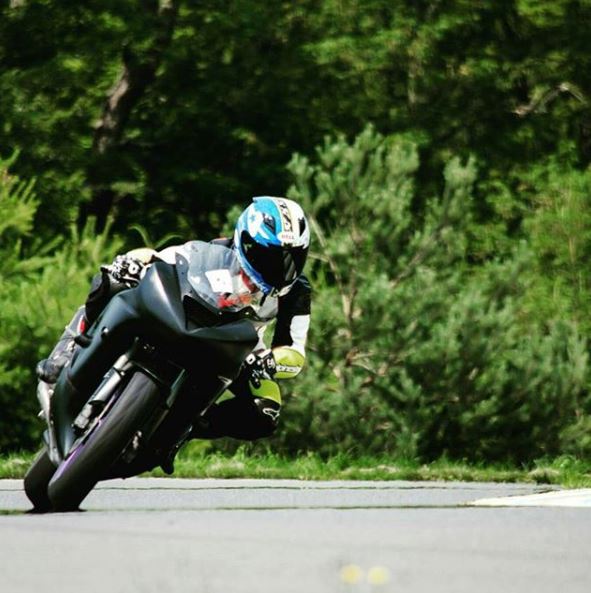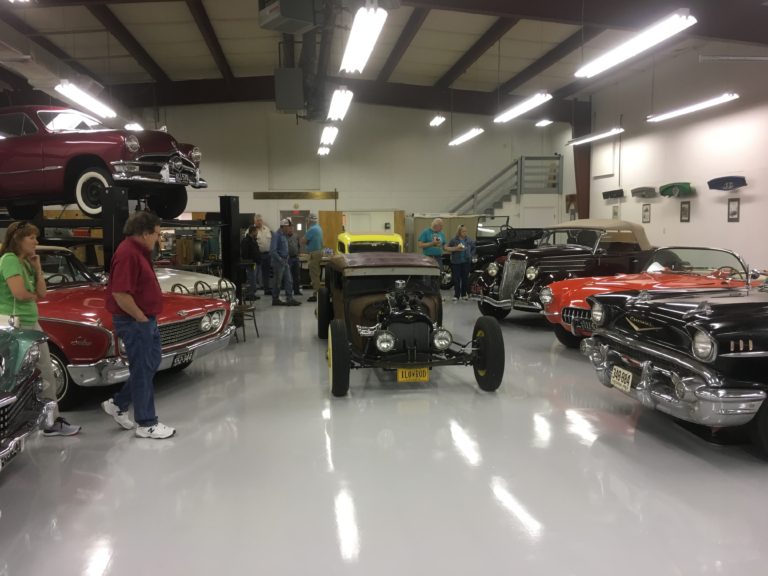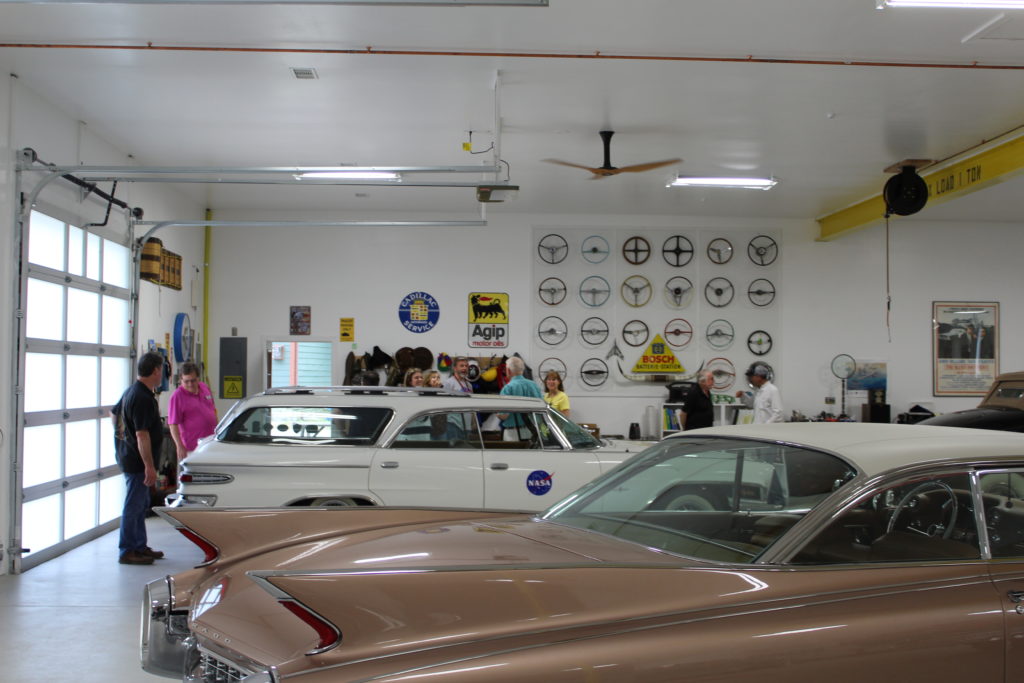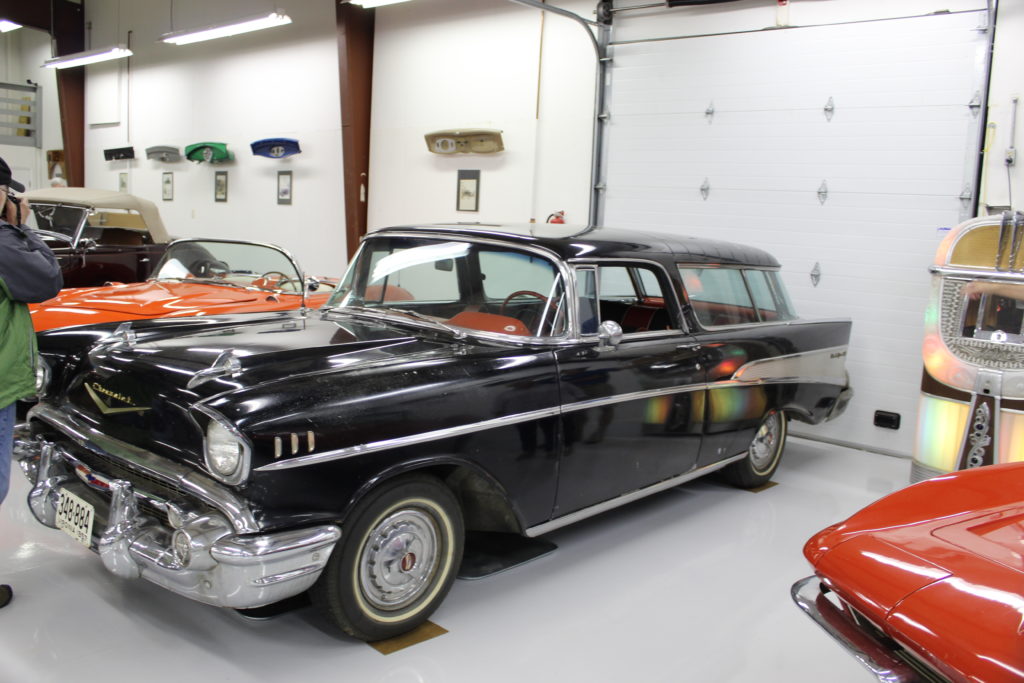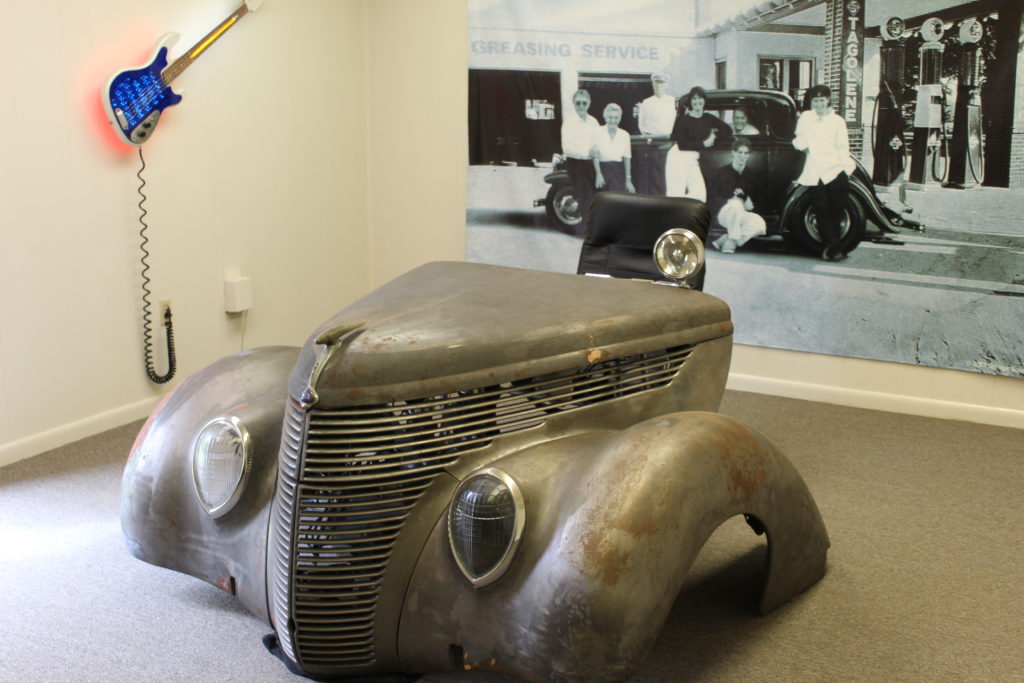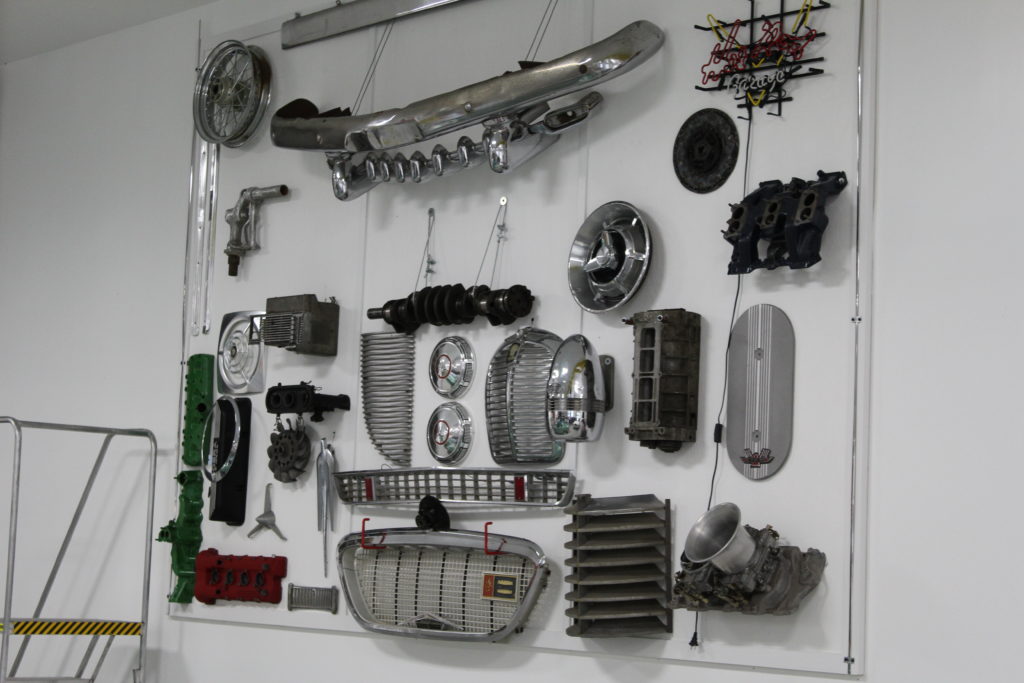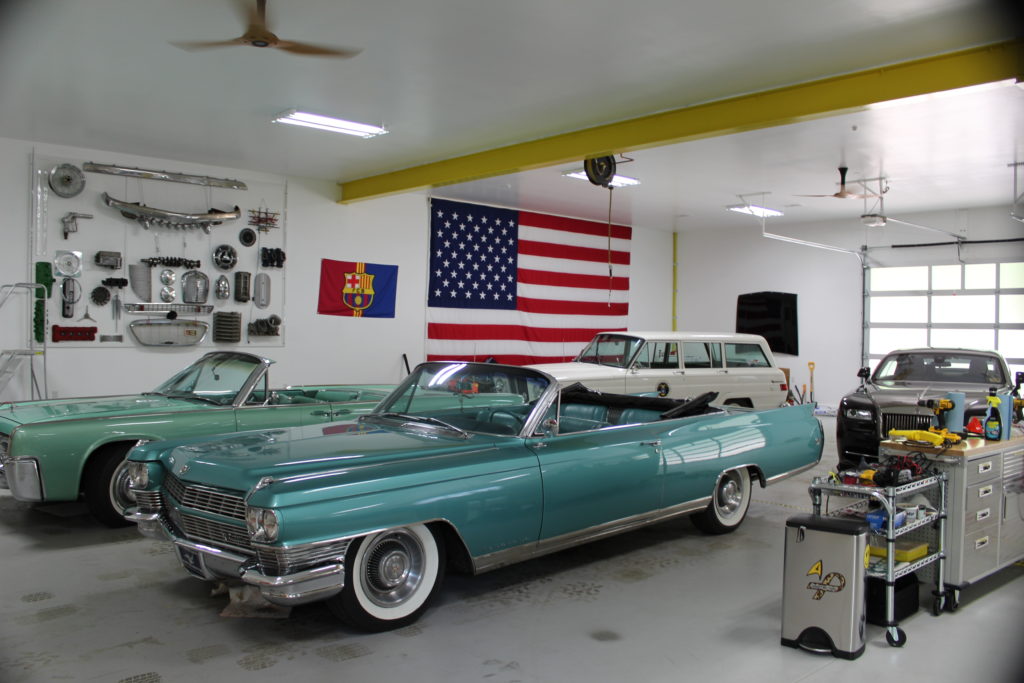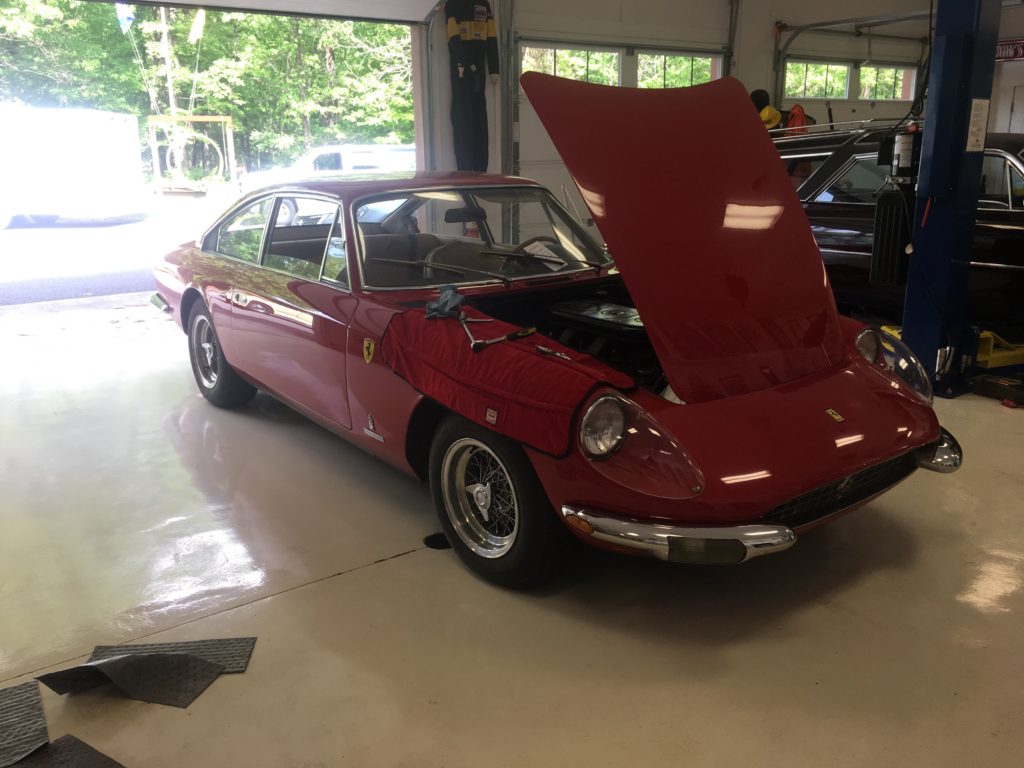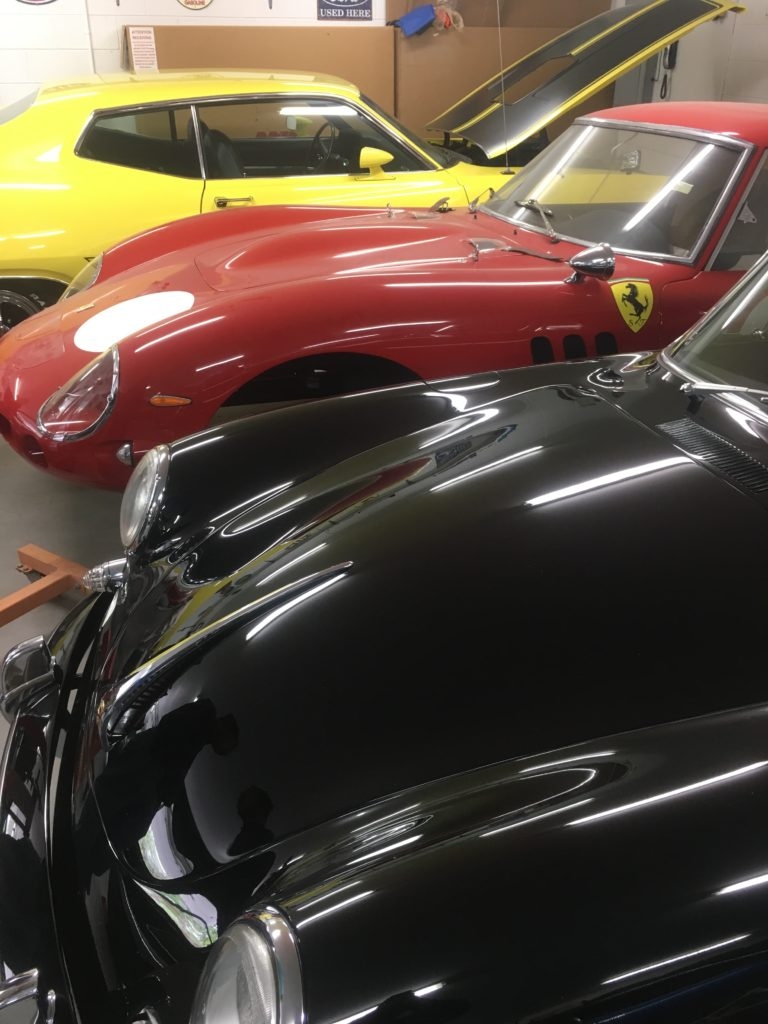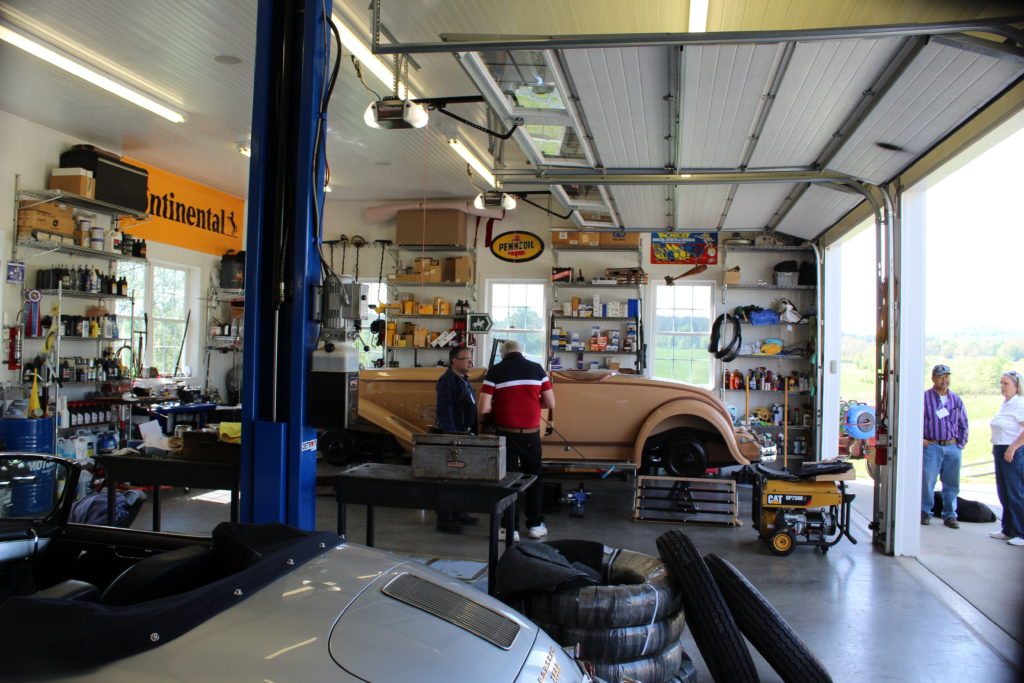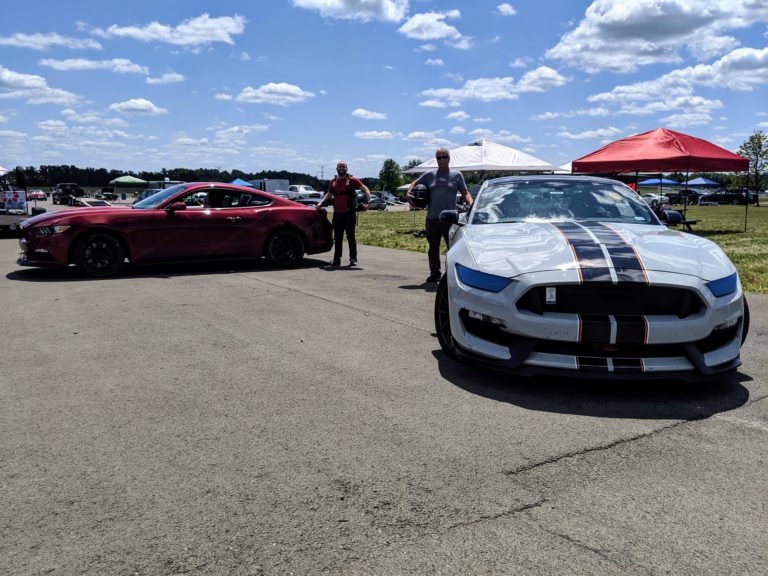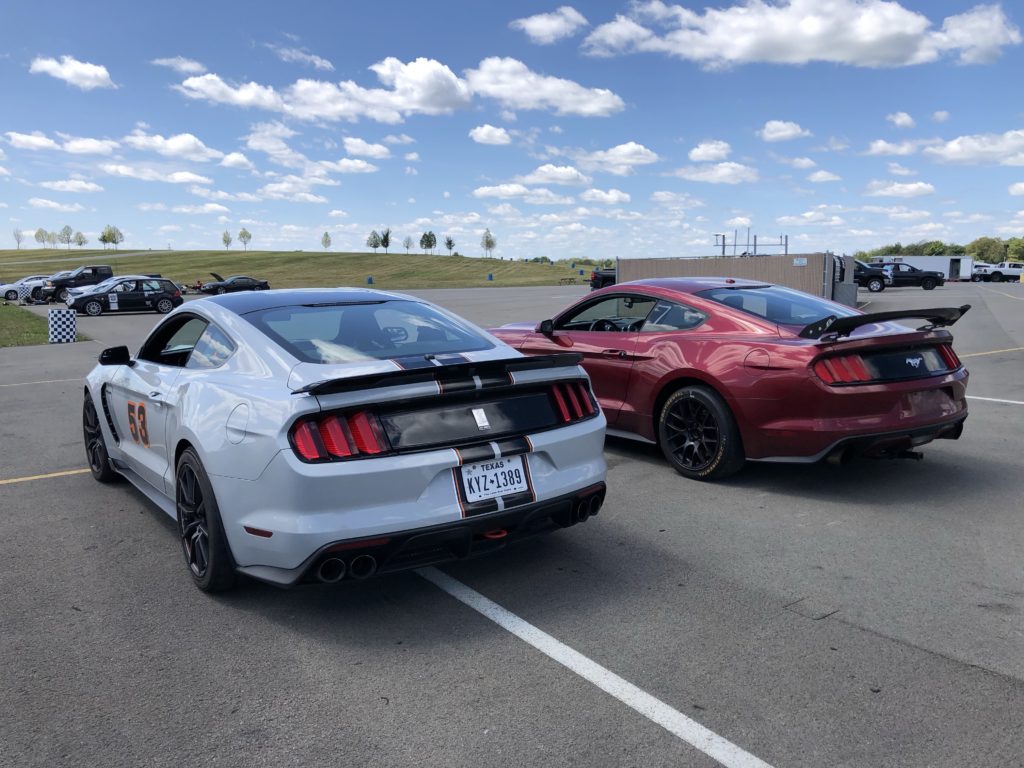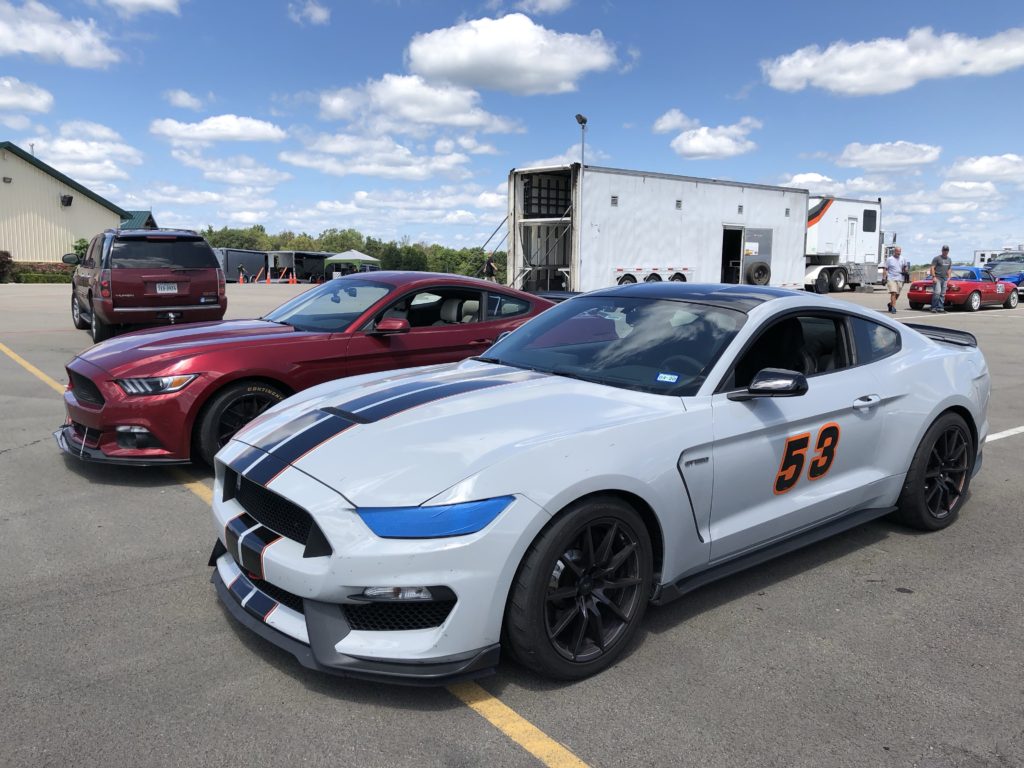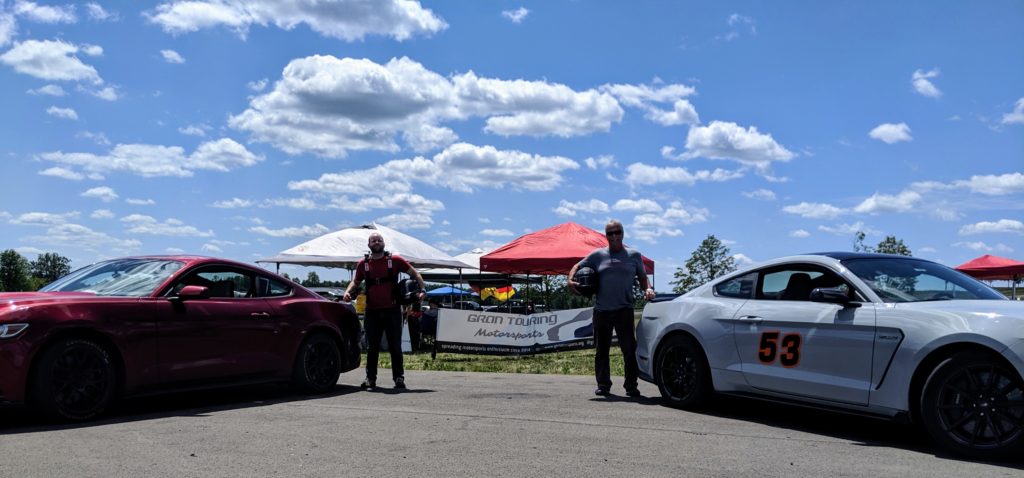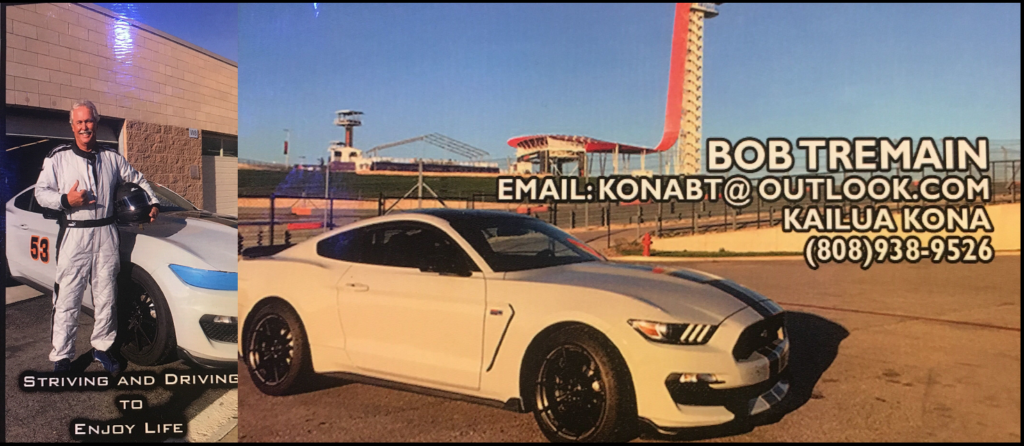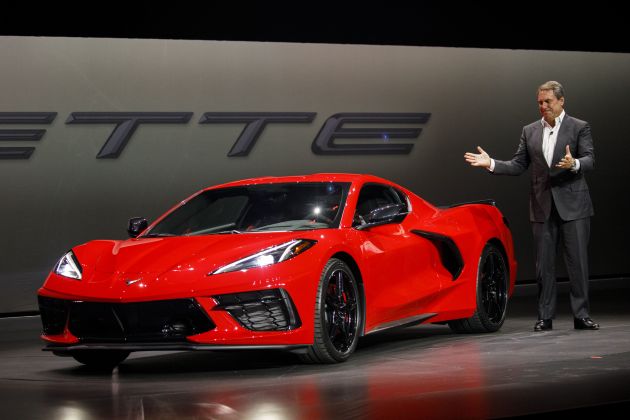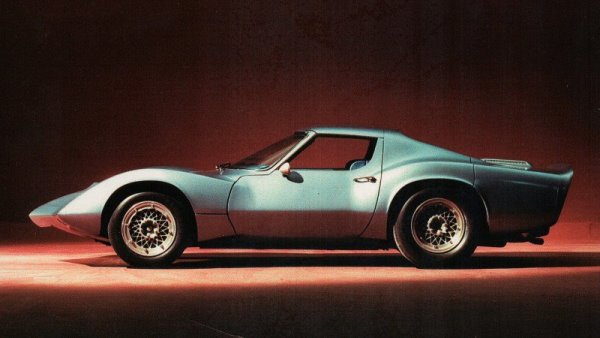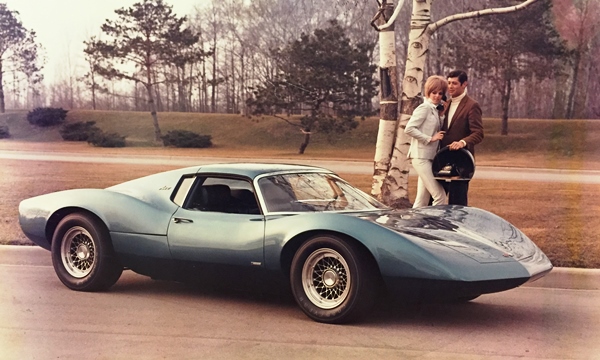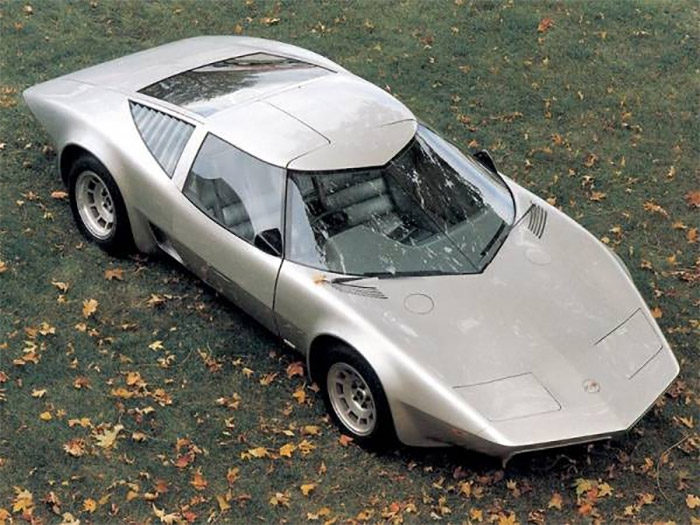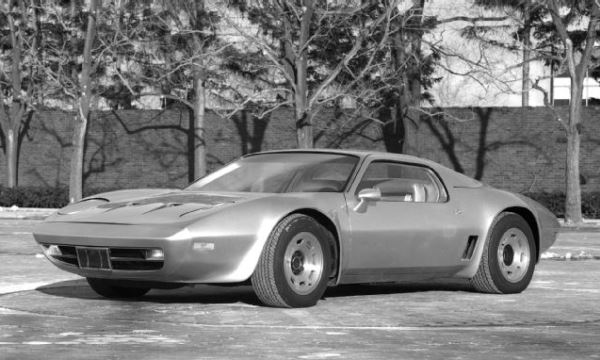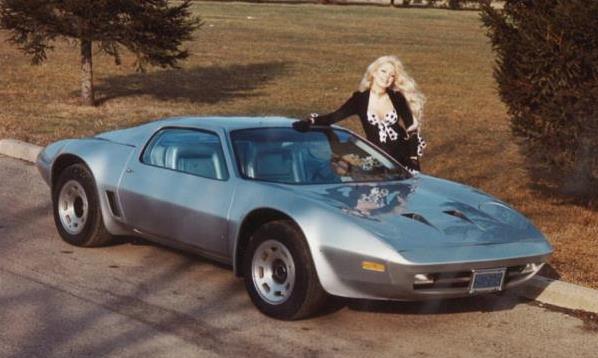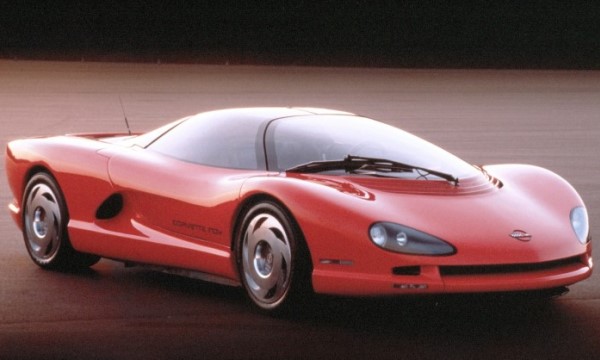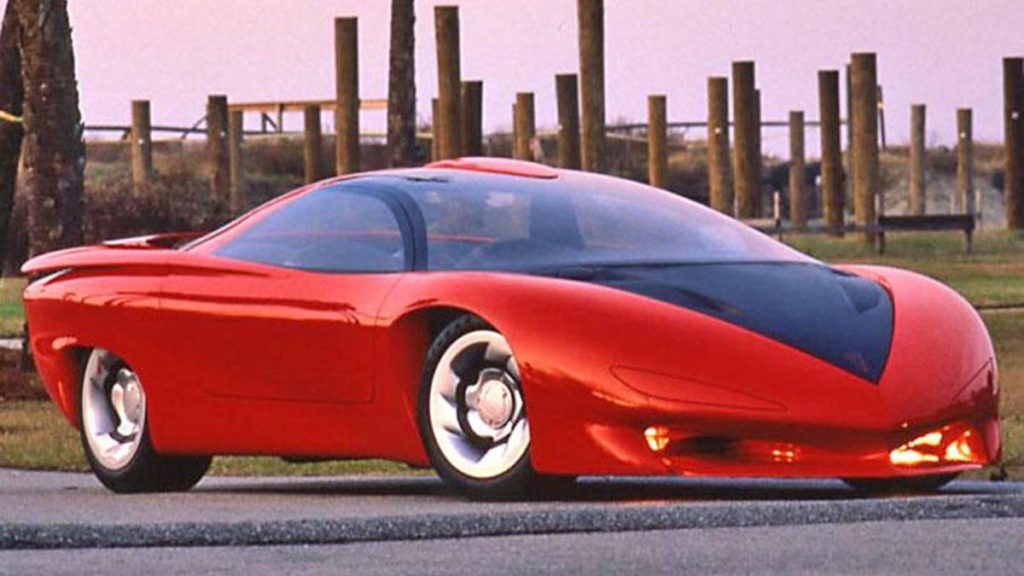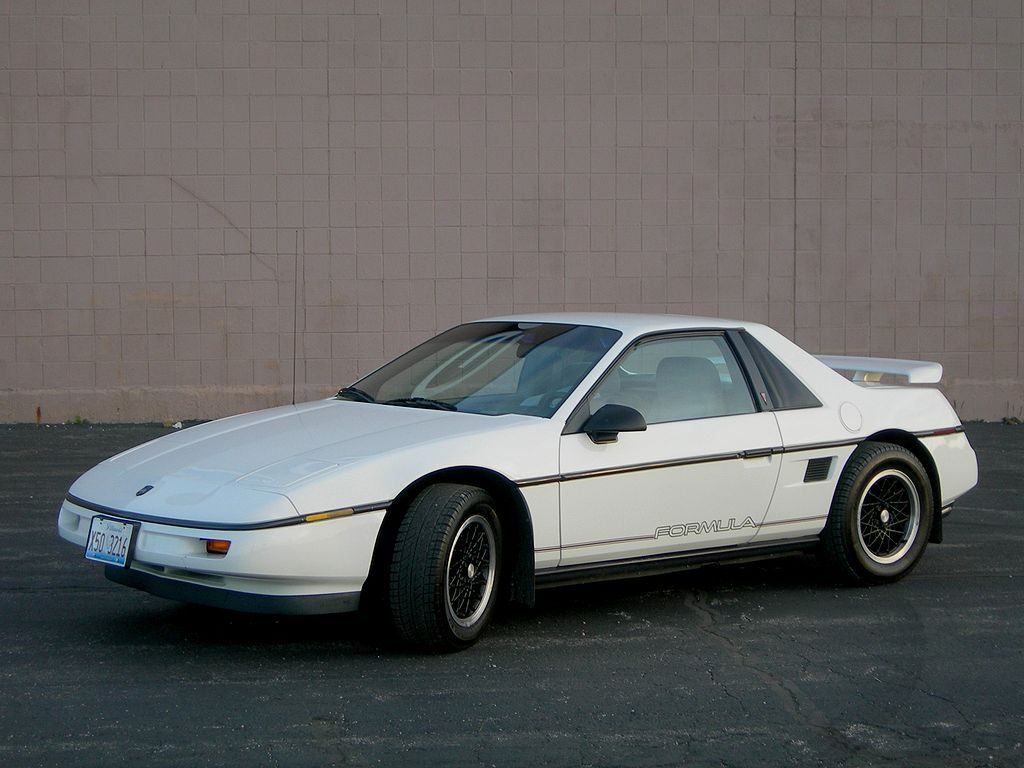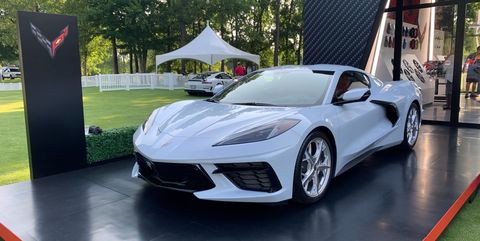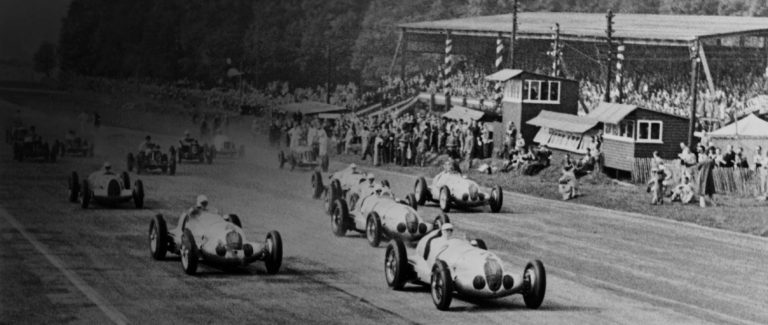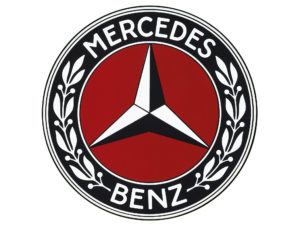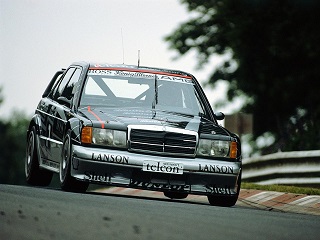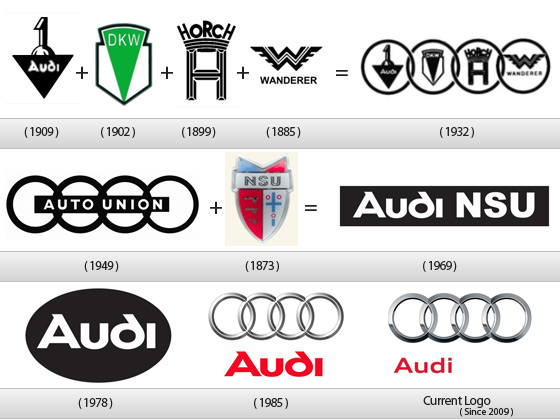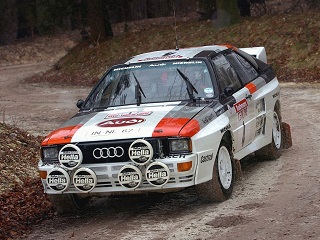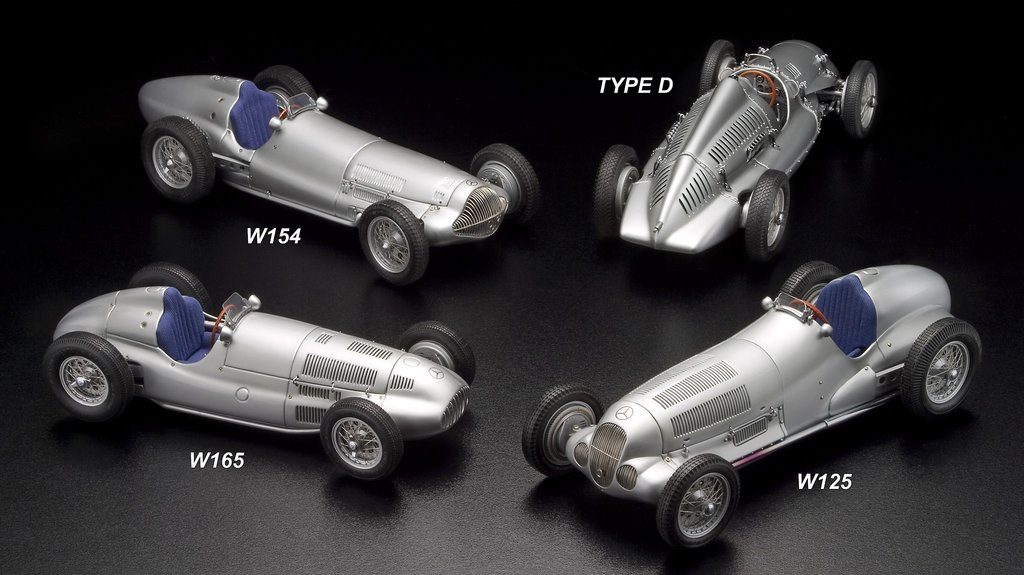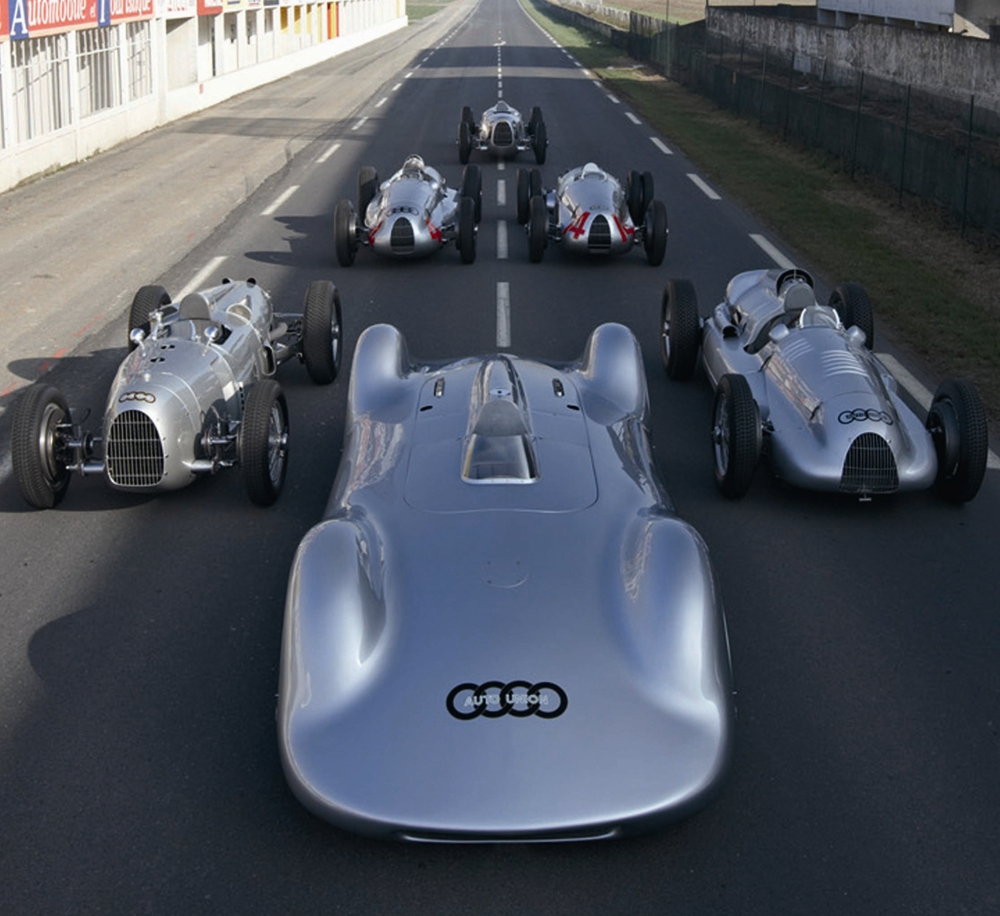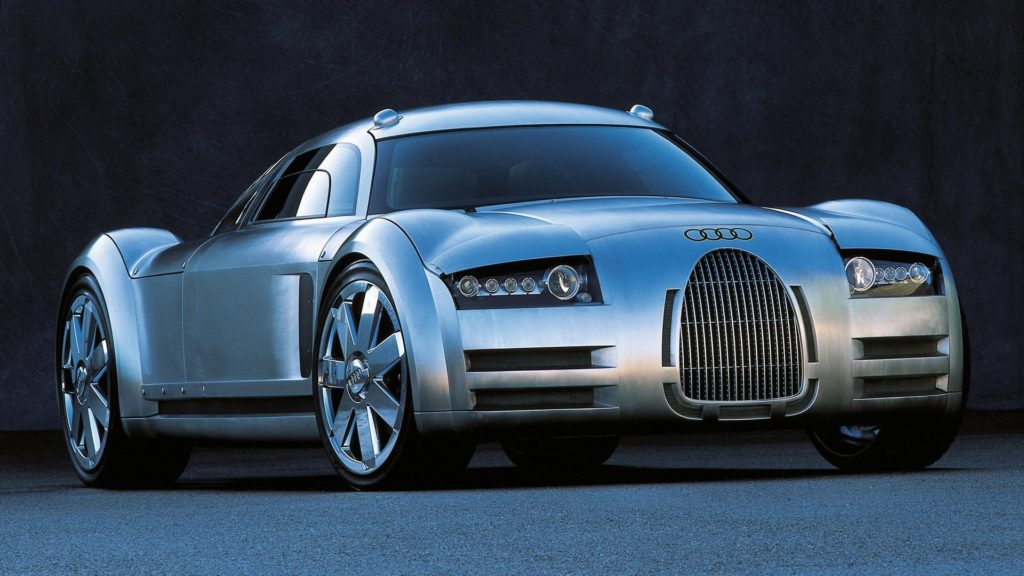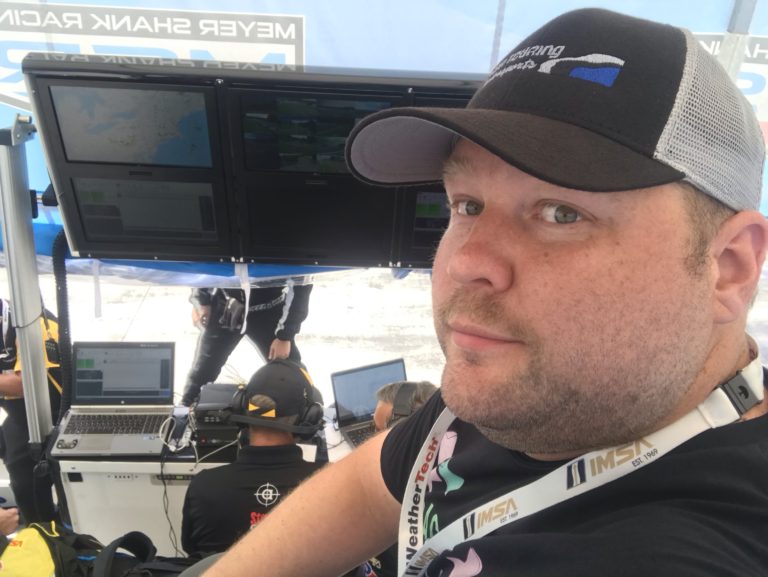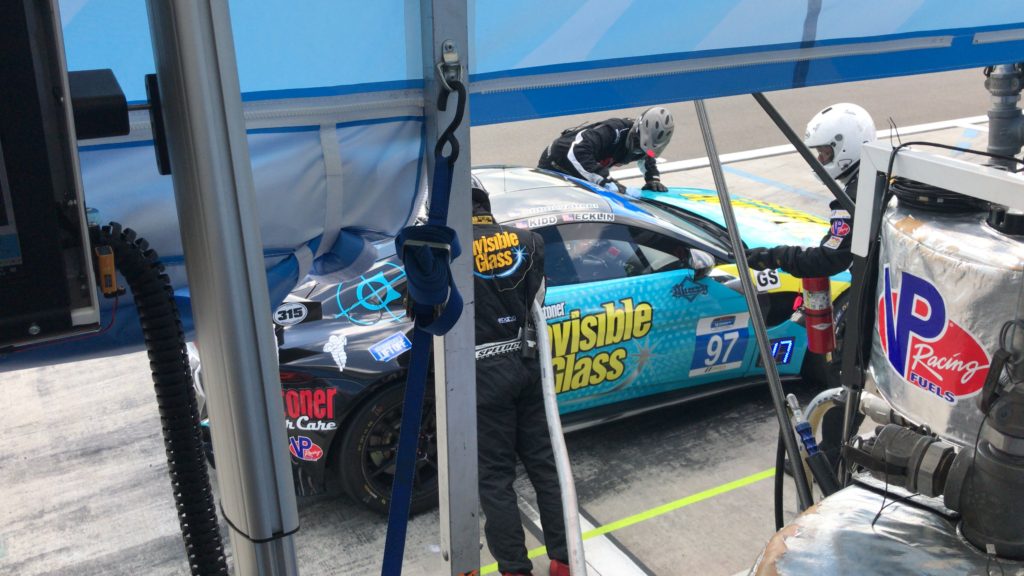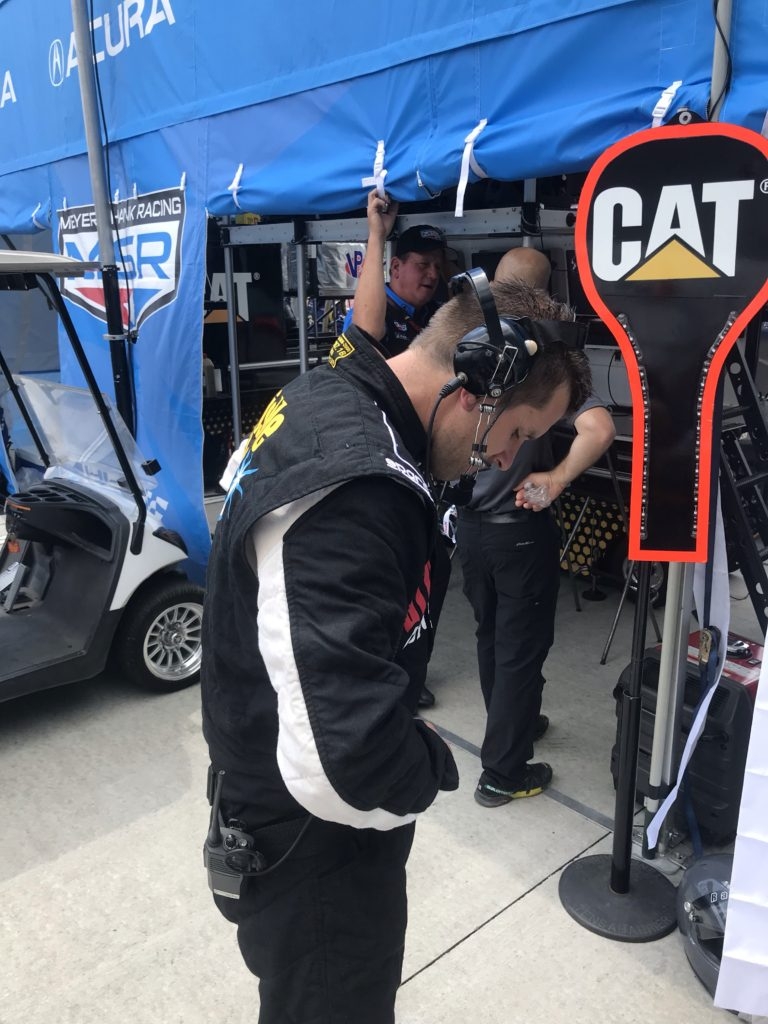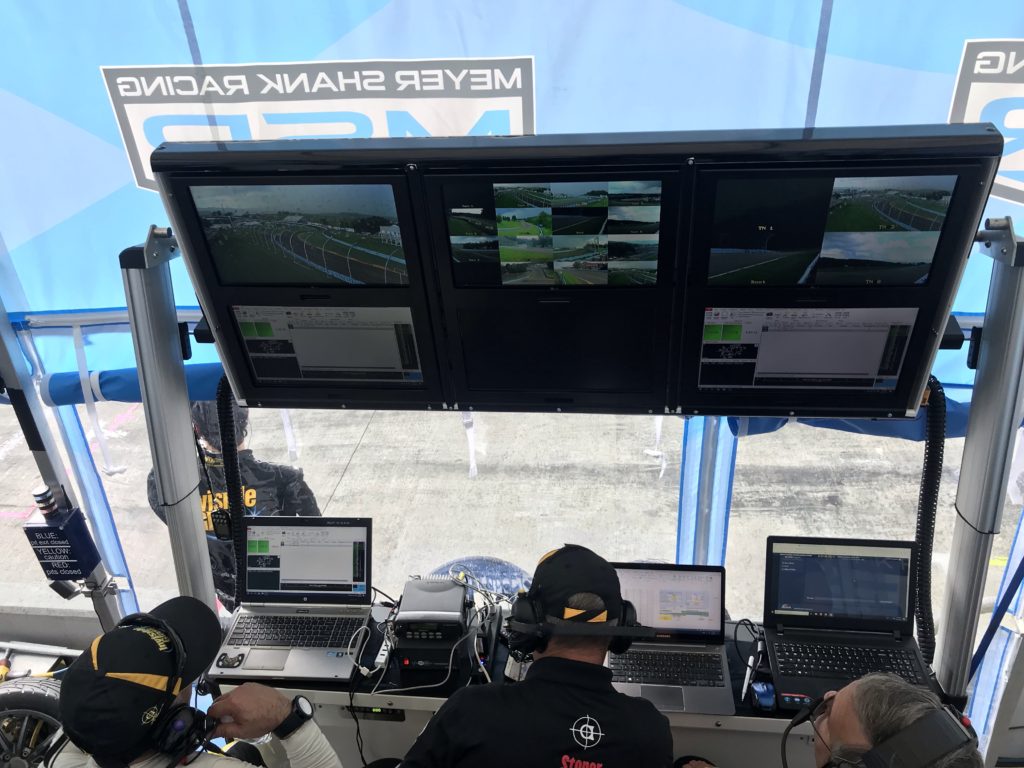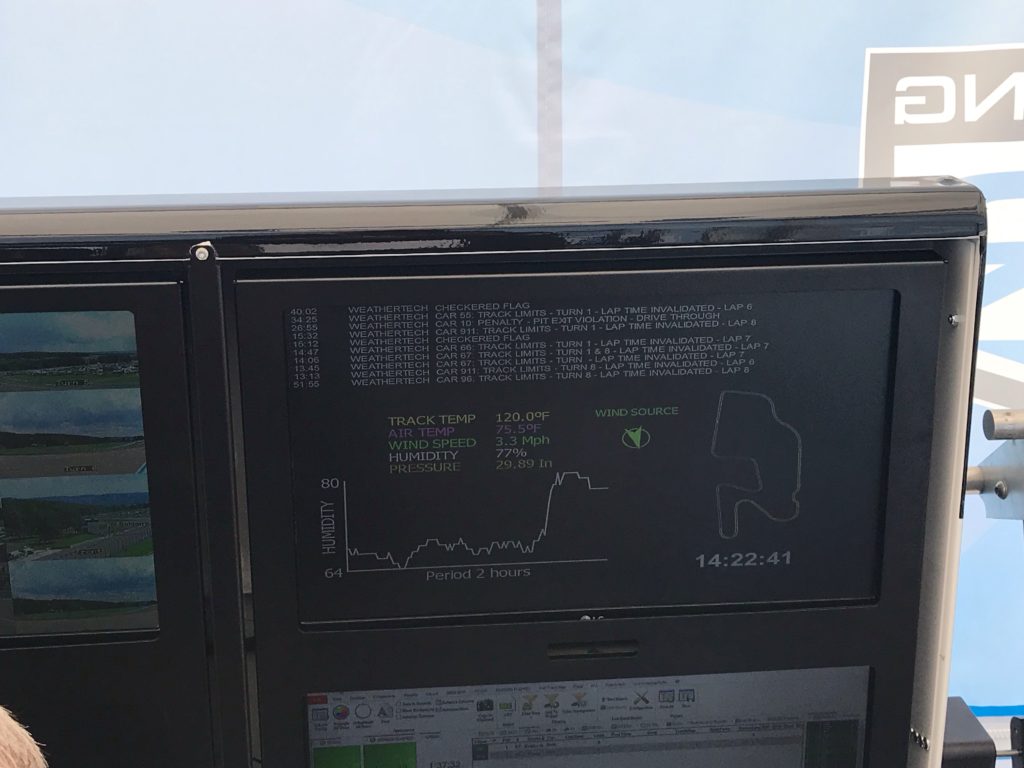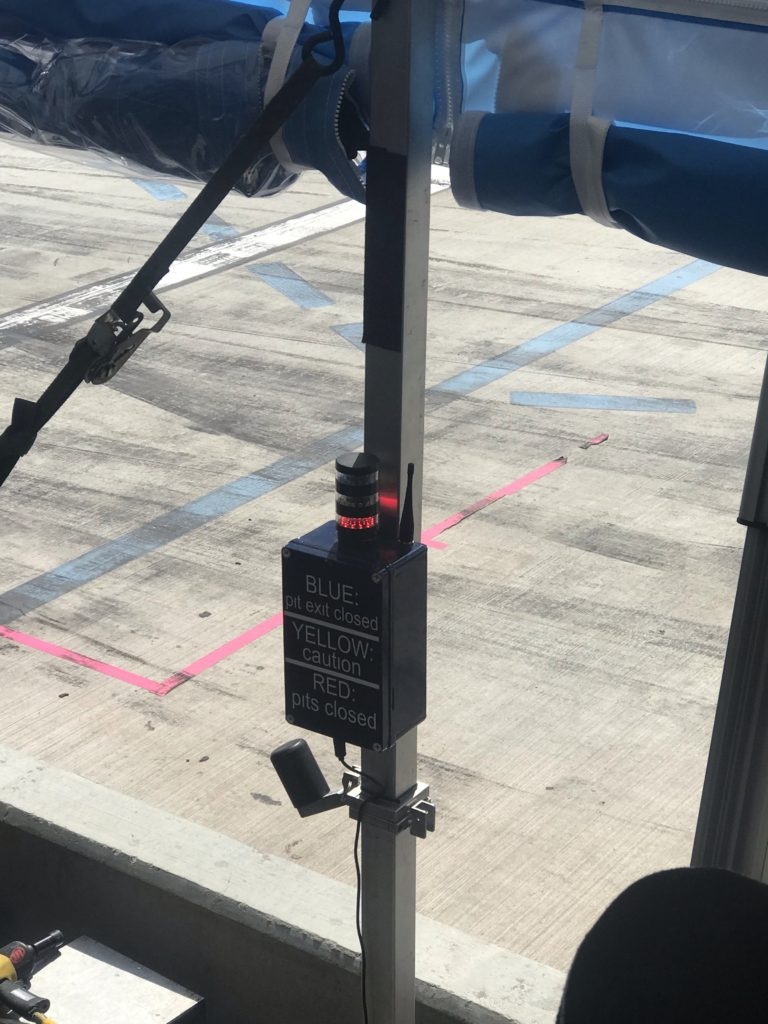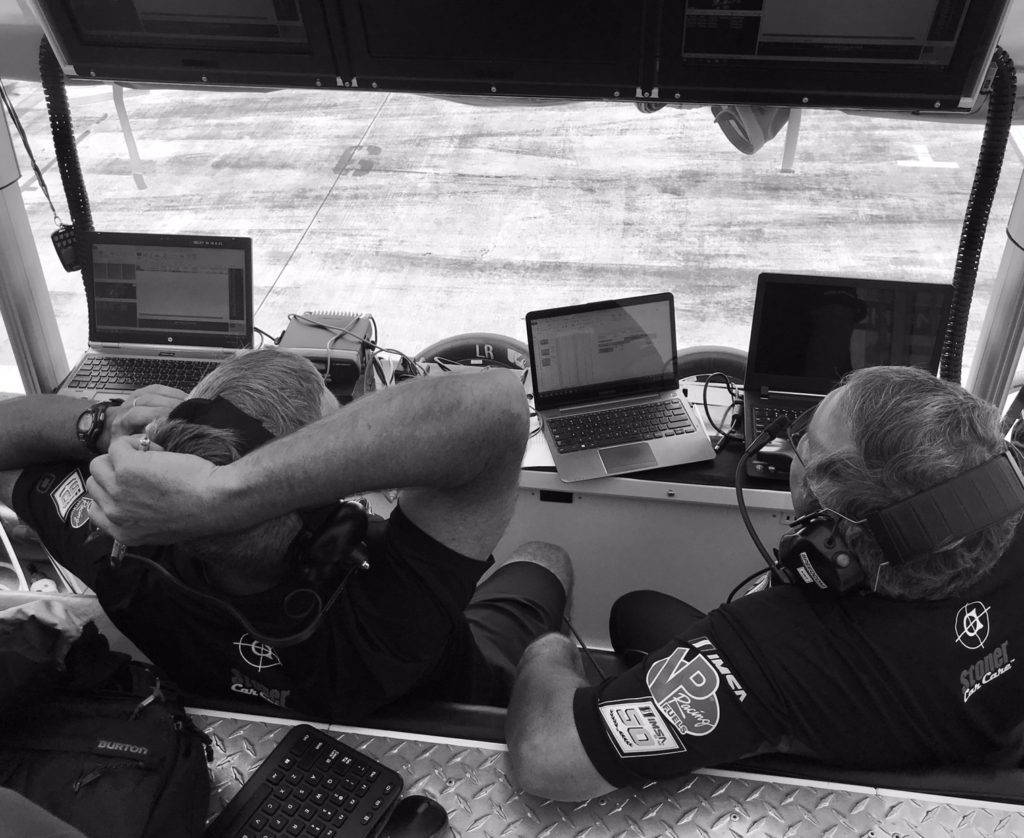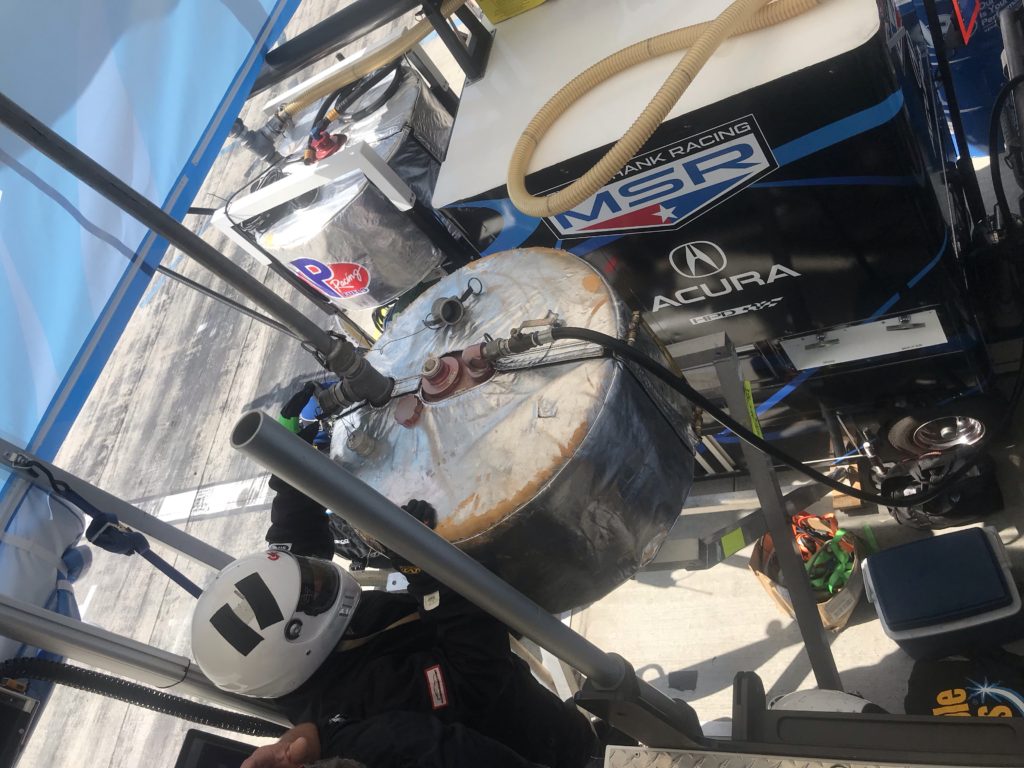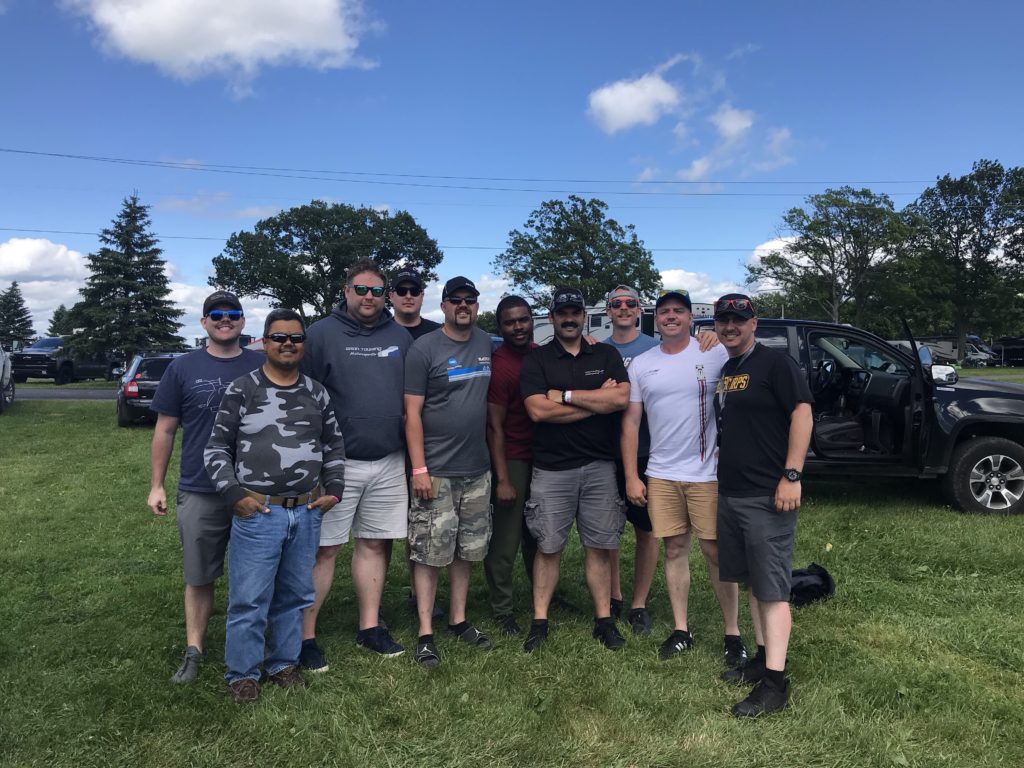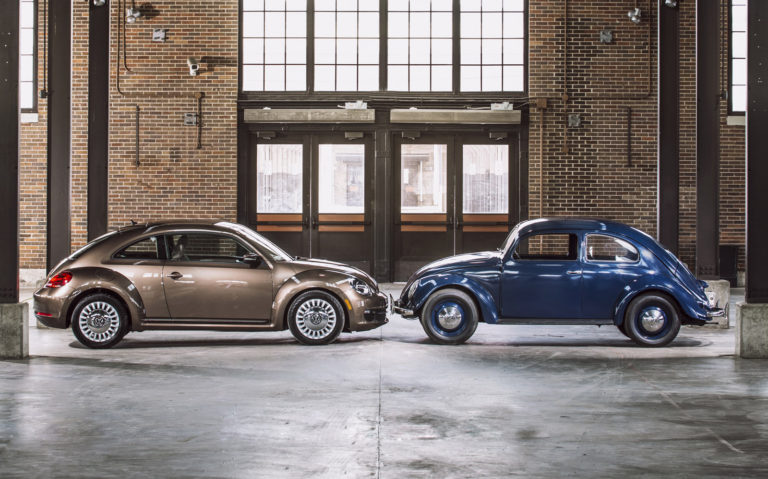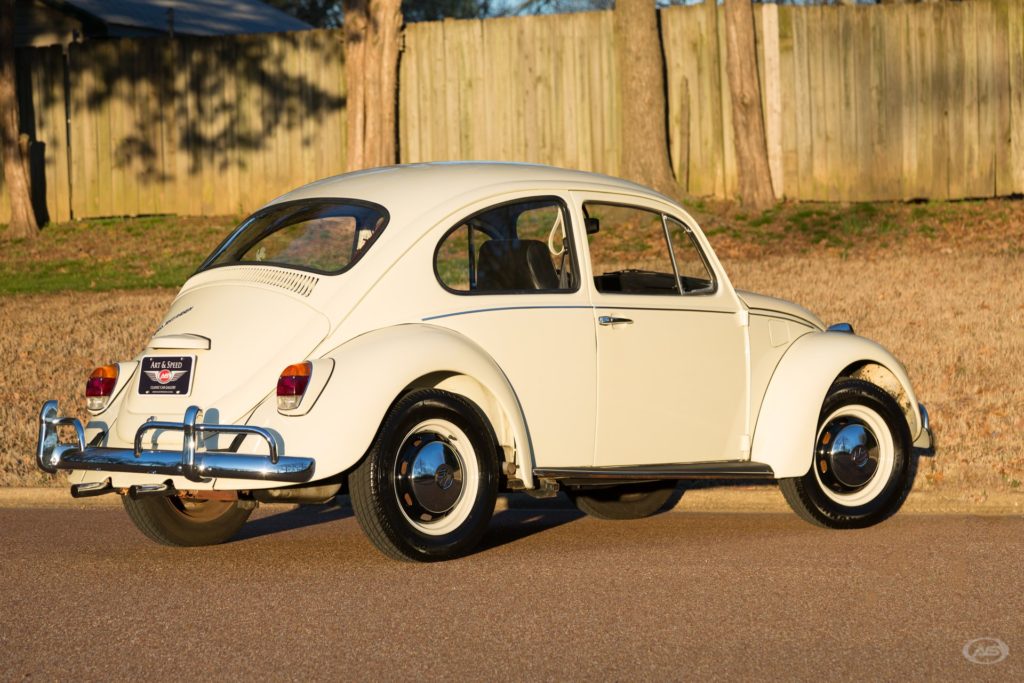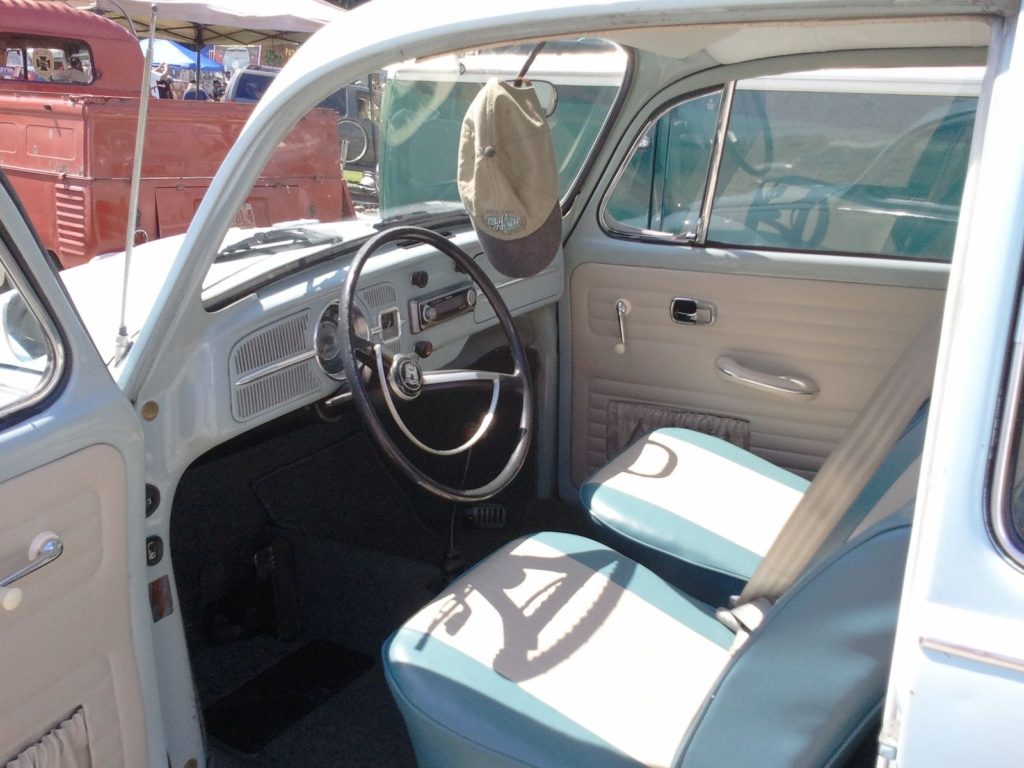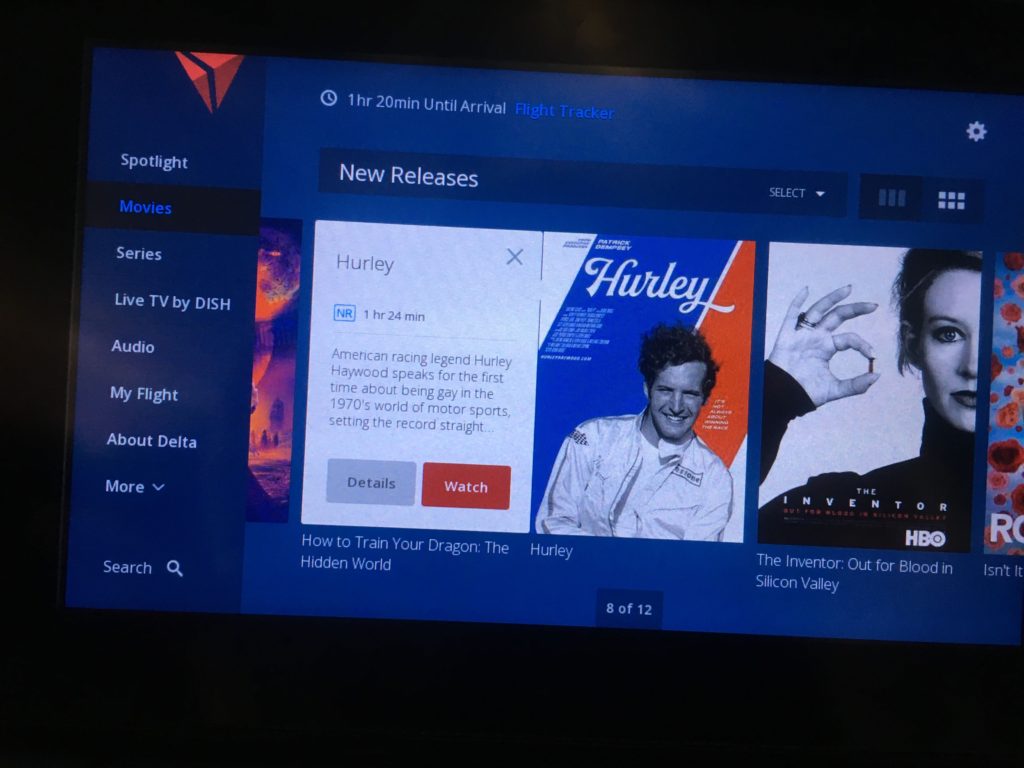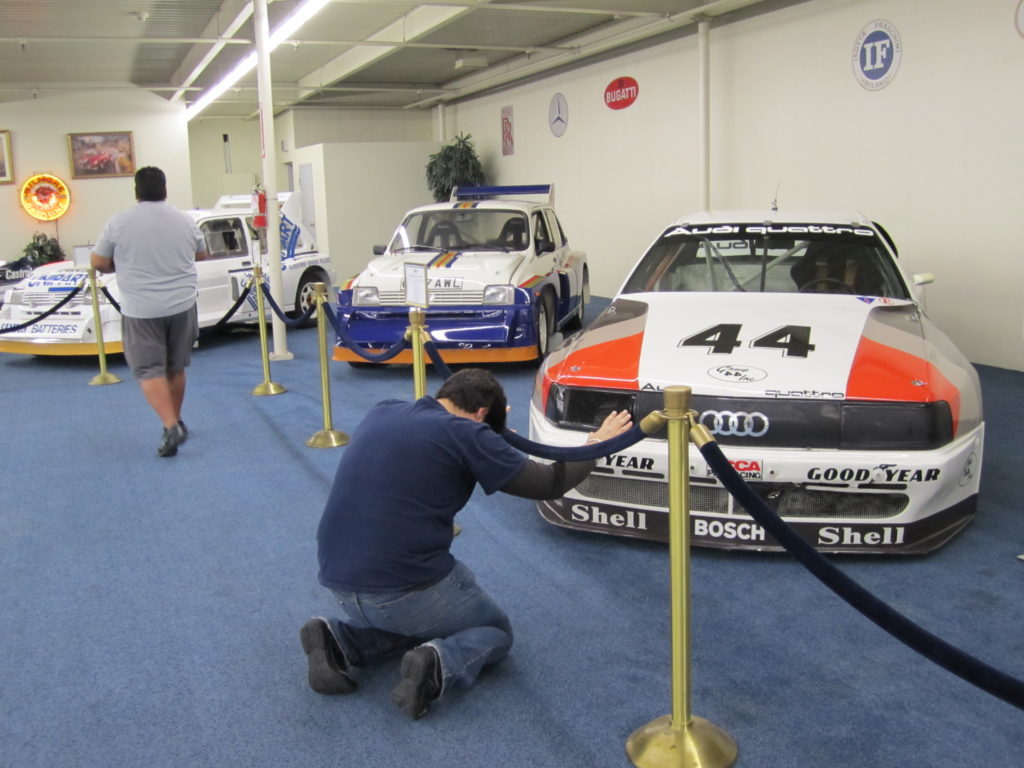Today is October 10th, and on this day we remember those from the motorsports community that are no longer with us. Today we honor our fallen, today we celebrate Motorsports Memorial Day. >moment of silence<
There are so many men and women that we have lost over the years: Aryton Senna, Dale Earnhardt, Jim Clark, Peter Brock, John Lingenfelter … the list continues. Many other Motorsports organizations have written and will write about those heroes today. But this year I am choosing to write about someone lesser known for his Motorsports accomplishments and more for his acting and the tragic story surrounding his death. Today we take a moment to remember the race car driver and actor: James Dean.
Motorsports Passion
James Dean was an accomplished actor and American heart-throb, his most popular films being East of Eden and Rebel without a Cause. But did you know that he was also an avid Motorsports enthusiast and amateur race car driver? He owned many motorcycles and sports cars, including a Triumph Tiger T110 and Porsche 356 speedster. He started competing in the Spring of 1955, earning first place in the novice class in his first race at the Palm Springs Road Races (and second place in the main event). He also raced in Bakersfield and Santa Barbara, California through May of 1955. With his early successes in those amateur races he set his sights on competing on a bigger scale and was set to race in Salinas, California on the October 1st weekend of that year with his new Porsche 550 Spyder.
The Crash
James purchased a Porsche 550 Spyder in anticipation of the Salinas race (Fun Fact: he also purchased a Ford Country Squire to tow the little Porsche, and an open trailer). The car was named “Little Bastard” after a nickname bestowed upon Dean from his friend Bill Hickman -OR- rumor has it *he* was called “Little Bastard” by a former studio president who was angry at him once, hmm?!
The origins of the name are a bit fuzzy. Either way, On September 30, 1955, one day before his next scheduled race, James Dean and his 550 Spyder, as well as Porsche factory mechanic Rolf Wutherich, were breaking in the car and making changes in preparation for the race. (Fun Fact: before the crash, Dean was pulled over and given a citation for speeding!). They were traveling from Los Angeles to Salinas with a few other friends following in another car. At around 5:45 pm at the intersection of U.S. Route 466 (now SR 46) and Route 41, a 1950 Ford Tudor, was crossing the intersection turning left onto Rt.41 in front of the actor’s convoy. James Dean was unable to stop and T-boned the unsuspecting Ford. Wutherich was ejected from the car and sustained serious injuries, while Dean was trapped inside, breaking his neck and killing him almost instantly at the age of 24. It is noted that the driver of the Ford Tudor suffered only minor injuries.
What Could Have Been
It’s a sad and tragic story. Who knows what his racing career could have been had he made it to the races in Salina the next day, would he have won? Would he have given up on acting all together and jumped head first into racing for the rest of his career? – Many other actors have flirted with racing: Steve McQueen, Patrick Dempsey, Michael Fassbender, Paul Newman, to name a few. Allegedly, Dean’s dream was to compete in the Indianapolis 500. Had the crash not happened, maybe we wouldn’t be speaking about James Dean the actor, but rather James Dean the Indy 500 winner. Unfortunately we will never know. All we do know is that a young talented life was taken from us way too soon and the Motorsports history books are at a loss without him. For an in-depth review of Dean be sure to check out this documentary (below).
The curse of the 550 Spyder…
It is theorized that James Dean’s death was not his own fault, but rather that of the car. It is also said that this particular Porsche 550 Spyder has it’s own dark and unsettling past. Legend has it that someone building Dean’s 550 died during the construction of the vehicle at the Porsche factory and their soul “haunted” the vehicle after its completion. Check out more of that particular part of the story, through this “unsolved mysteries” clip (below). #happyhalloween
A few other creepy factoids … well, mostly tall tales, gossip and legends, but!
- Before taking delivery and driving the car to his death, Dean had custom touches added such as striping, paint, and the cars name “Little Bastard” emblazoned on the body, as well as the number “130”. These personal touches from Dean gave the car a rather evil look. It’s believed that these touches also gave the car its devilish personality. >maniacal laugh<
- Before the wreck, Dean was told by a friend “If you drive this car you will be dead in a week”. (No doubt, that friend wishes they hadn’t said that).
- In addition to being involved in Dean’s death, the car, and parts of it, are also involved in other deaths and injuries:
- The passenger, Wutherich, was so riddled with guilt after the accident that he tried to commit suicide, eventually dying in a drunk driving accident.
- The new owner of the 550’s carcass had a team of mechanics trying to unload the car from it’s trailer, the car slipped off and crushed one of the mechanic’s legs.
- A thief attempting to steal the steering wheel ended up with a broken arm.
- The car’s engine and drive-train were removed and sold separately, the engine was later placed in a car that lost control and struck a tree during a race, killing the driver.
- The drive-train from Dean’s 550 was installed in another car that also crashed and the driver sustained serious injuries.
- The car was also on display at a Highway Patrol exhibit and fell off it’s stand crushing a spectator’s hip.
- And the most unusual story of all, the storage facility where the car was housed randomly caught fire one night and everything was destroyed… except for the car.
- And apparently the chassis/shell and what remains of the car outside of the engine/drive-train, are still to this day missing. (Though some claim to have found it).
I am not sure how many of these stories are folklore and how many are accurate, but whatever the case, there were definitely other powers at work the day James Dean died. But in the end, it’s important that we do highlight one important aspect that is missing from the Dean story: SAFETY. A lot of engineering and thought has gone into vehicle design since 1955 to keep drivers and passengers as safe as possible on the roads. And even more research and development has gone into racing cars, to make sure we lose our heroes to old age, rather than faulty or insufficient equipment. And that’s why organizations like the Motorsport Safety Foundation – which GTM proudly partners with – is part of a such a crucial movement in today’s age of motor racing, to continue the work that was laid out by racing greats like Sir Jackie Stewart who challenged the system and advocated for “Safety First” and “Drivers Rights.” Let’s keep up that good work and remember to honor our fallen heroes.
For a complete listing of drivers from all disciplines who lost their lives behind the wheel of a race car, be sure to check out this webpage and take a moment to remember them, or get to know them better (via sites like wikipedia). Always remember #safetyfirst #neverstoplearning.



